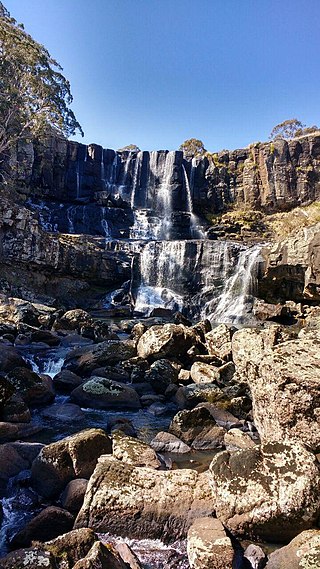
Ebor is a village on Waterfall Way on the Northern Tablelands in New South Wales, Australia. It is situated about 80 km (50 mi) east of Armidale and about a third of the way between Armidale and the coast. Dorrigo to the east is 46 kilometres (29 mi) away with the Coffs Coast 55 kilometres (34 mi) away along Waterfall Way. In the 2021 census, Ebor's zone had a population of 149.

Coffs Harbour, locally nicknamed Coffs, is a coastal city on the Mid North Coast of New South Wales, Australia, 540 km (340 mi) north of Sydney, and 390 km (240 mi) south of Brisbane. It is one of the largest urban centres on the North Coast, with a population of 78,759 as per 2021 census. The Gumbaynggirr are the original people of the Coffs Harbour region.

This is a list of local government areas (LGAs) in New South Wales, sorted by region. As of January 2023 there were 128 local government areas in New South Wales, there are 33 local government areas in Greater Sydney and 95 local government areas and 12 regions in Regional NSW. All councils are listed below in alphabetical order by region. There is also the Unincorporated Far West Region which is not part of any local government area, in the sparsely inhabited Far West, and Lord Howe Island, which is also unincorporated but self-governed by the Lord Howe Island Board.
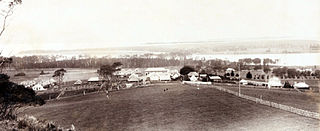
The Coolangatta Estate at Coolangatta, near Shoalhaven Heads was established in 1822 by Alexander Berry on the South Coast of New South Wales, Australia. Coolangatta Estate is located on the northern bank of the Shoalhaven River, in the foothills of a mountain called Coolangatta. The word 'Coolangatta' is from an aboriginal word which means either splendid view or good lookout. The estate today is in a picturesque setting overlooking the ocean and surrounded by vineyards.
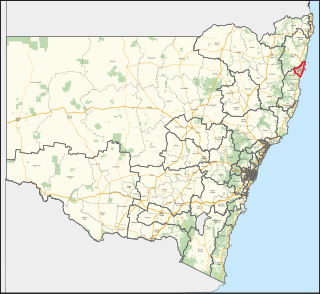
Coffs Harbour is an electoral district of the Legislative Assembly in the Australian state of New South Wales. Since 2019 it has been represented by Gurmesh Singh of the National Party.
The Clayton Cup is a trophy that was awarded by the Country Rugby League to the NSW country rugby league team with the best overall record for that season. To be eligible, the team must win the highest level of competition in its region. Usually the winner of the Clayton Cup goes through the season undefeated. In late 2019, the Country Rugby League was absorbed by the New South Wales Rugby League.

Woolgoolga is a town on the Mid North Coast of New South Wales, Australia. It is on the Pacific Highway, approximately 550 km north of Sydney and 365 km south of Brisbane. The closest city to Woolgoolga is Coffs Harbour, which lies 24.8 km to the south. Woolgoolga has two beaches on the Pacific Ocean. The area has long been a centre of banana growing in New South Wales, but this industry has declined in the face of competition from Queensland. Recent times have seen many banana plantations replaced by blueberries after banana sales slumped in the late 1990s.
The Gumbaynggirr people, also rendered Kumbainggar, Gumbangeri and other variant spellings, are an Aboriginal Australian people of the Mid North Coast of New South Wales. Gumbathagang was a probable clan or sub-group. The traditional lands of the Gumbaynggirr nation stretch from Tabbimoble Yamba-Clarence River to Ngambaa-Stuarts Point, SWR- Macleay to Guyra and to Oban.
The Bundjalung people are a large Aboriginal nation, a federation of a number of groups of clans which occupy the land from Grafton on the Clarence river of northern New South Wales north to the town of Ipswich and the Beaudesert, in southern Queensland, and down around the other side of the Great Dividing Range and back to Grafton. In the north, Bundjalung Nation shares a border with Yuggera Nation and Barrunggam Nation; to the east the Tasman Sea ; to the south Gumbaynggirr Nation; and to the west it borders Ngarabal Nation.
Adelaide Educational Institution was a privately run non-sectarian academy for boys in Adelaide founded in 1852 by John Lorenzo Young.
He avoided rote learning, punishment and religious instruction, but taught moral philosophy, physiology, political economy and mechanical drawing ... (and) surveying on field trips.
Gundagai lore is associated with Gundagai, Australia, a place of considerable reputed Aboriginal cultural significance, with both archaeological sites and anthropological associations related to sacred and spiritual beliefs of the local clan group and wider cultural associations.

Fred Dyer born Frederick William O'Dwyer, was a Welsh boxing champion, boxing manager and baritone singer. Trained by vocal teacher Clara Novello Davies, Dyer was famed for singing to audiences after he had fought in a contest and was nicknamed 'The Singing Boxer'.
Football Queensland Sunshine Coast is the governing body of football (soccer) on the Sunshine Coast, Queensland. It is a member zone of Football Queensland and Football Federation Australia.
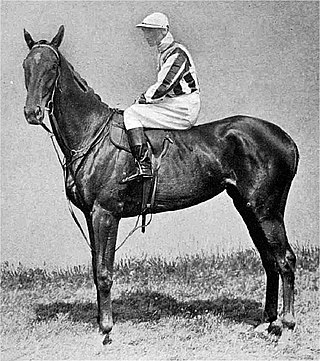
Perola was a British Thoroughbred racehorse and broodmare. She was one of the best juvenile fillies in England in 1908 when she won four of her seven races, including the Woodcote Stakes, as well as being placed behind Bayardo in both the New Stakes and the Dewhurst Stakes. In the following year she finished third in the 1000 Guineas and then recorded her biggest win in the Oaks Stakes. In early 1910 she was sold and exported to France to become a broodmare.
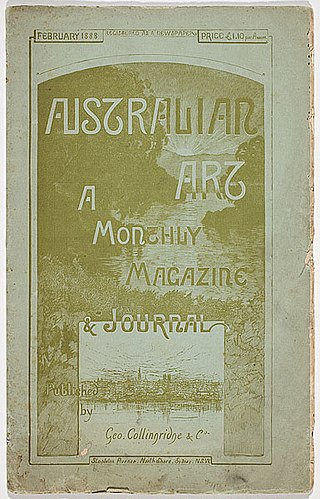
Australian Art: a Monthly Magazine & Journal, was a monthly magazine published in Sydney, Australia. The publication's focus was to chronicle the progress of the fine arts in the Australasian colonies. Issues also included artist-proof engravings.
Solitary Islands Way is a road in the Mid North Coast region of New South Wales, located north of the city of Coffs Harbour. It links the towns of Woolgoolga and Corindi Beach to the Pacific Highway. It consists of a mix of newly constructed roads, pre-existing Council-owned roads and former sections of the highway that were bypassed by new alignments in 2013 and 2017.
Dalmorton is a locality in the Northern Rivers region of New South Wales, Australia. There once was a village of the same name, which was associated with gold mining. Much of the area of the locality is now reserved as National Parks or State Forests. At the 2016 census, the population of Dalmorton was four.

Hermann Rieck was a pioneer farmer in the Coffs Harbour region of New South Wales, Australia, and the founder of the banana industry in the region.
Newton Boyd is a rural locality in the Northern Rivers region of New South Wales, Australia. There once was a village of the same name. At the 2021 census, the population was 21.










